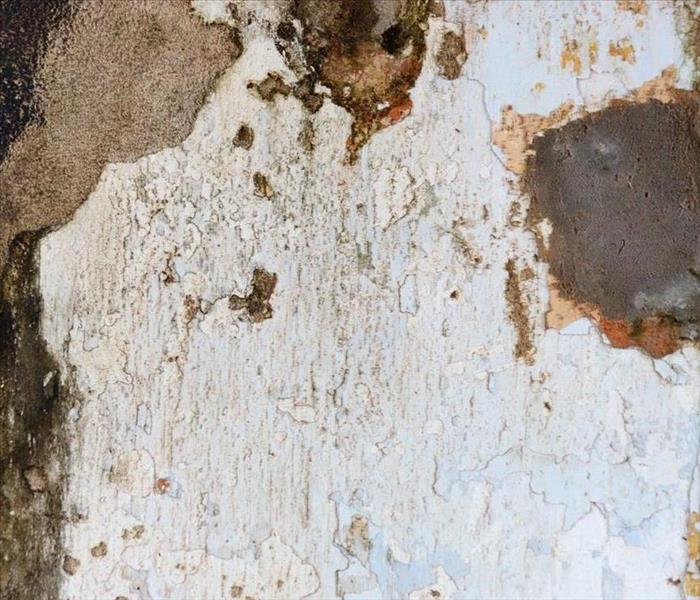Tips to Prevent Mold Damage in Your Home
4/24/2019 (Permalink)
The very mention of the word “mold” is enough to make anyone uncomfortable. We all know that mold can be beneficial, such as when used in penicillin or the making of cheeses, and we are aware of its role in the decomposition of organic matter, but when it comes to finding it in our homes, that is a different matter!
Mold spores spread easily and can never be completely eradicated. It can grow almost anywhere, too: carpet, clothing, food, and other places we never see. It is very difficult and costly to manage once it is detected. It can also produce irritants, allergens, and even toxins that can compromise your health--that’s what makes it such a serious matter when it takes hold in our living spaces.
Here are some tips to help you prevent mold damage in your home:
Identify issues. You can't mold-proof your home, but you can make it mold-resistant. Do an audit of your home and determine the main weak spots. Does your basement flood? Do you notice frequent condensation on an upstairs window, or perhaps a water stain on the ceiling from a persistent leak? Preventing mold from growing or spreading might be as simple as removing carpet in a damp basement, installing mold-resistant products, or repairing damaged gutters. Whatever the case may be, address the problem now.
Dry wet areas immediately. Mold can't grow without moisture, so take care of wet areas right away. Any wet areas should be dried within 24 to 48 hours. Even everyday wet areas need attention: don't leave wet items lying around the house, and make sure to dry the floor and walls after a shower. Don't leave wet clothes in the washing machine, where mold can spread quickly. Hang them to dry outside or in areas with good air circulation.
Proper ventilation. Make sure an activity as simple as cooking dinner, taking a shower, or doing a load of laundry doesn't invite mold by providing proper ventilation in your bathroom, kitchen, laundry room, and any other high-moisture area. Use A/C units and dehumidifiers, but make sure they don’t produce moisture themselves by checking them periodically and cleaning them as directed by the manufacturer.
Use mold-resistant products. Use mold-resistant products like mold-resistant drywall or mold-resistant Sheetrock, and use mold inhibitors for paints when building or renovating.
Direct water away from your home. If the ground around your home isn't sufficiently sloped away from the foundation, water may collect there and seep into your crawlspace or basement. You may be experiencing leakage just because your gutters are full or damaged. Have your roof gutters cleaned and inspected regularly to make sure they are sending water away from your structure. Repair them as necessary, and keep an eye out for water stains after storms that may indicate a leak has started.
There is no one-size-fits-all solution when it comes to mold prevention. Knowing what works for your climate and your home is an important first step, and always keep in mind that the SERVPRO team at SERVPRO of South and North West Grand Rapids is here to help with any mold issues. We also handle damages from fire or water, such as flooding. Contact us today by phone at (616) 662-9700, or visit us on our website.





 24/7 Emergency Service
24/7 Emergency Service
